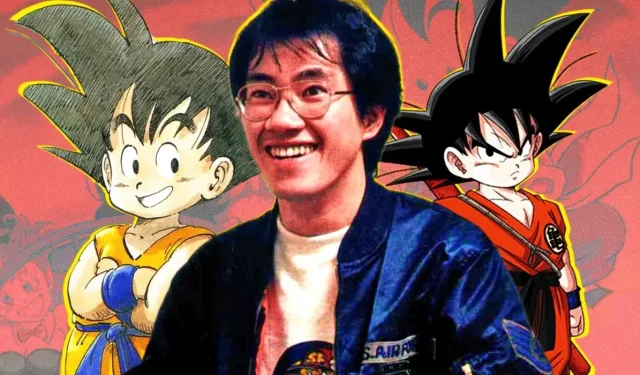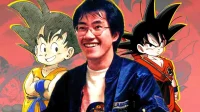It’s astonishing to think that Akira Toriyama, the visionary behind Dragon Ball, tragically left us on March 1, 2024. In the time since his passing, a deeper understanding of his life and creative journey has come to light. Insights from past interviews resonate with newfound significance, illuminating the mind behind this illustrious legacy.
A recent revelation featuring Toriyama’s remarks during a 2014 press event for Dragon Ball Kai has gained attention, offering context for the series’ gradual pivot away from the fierce combat that marked Dragon Ball Z. This commentary not only clarifies the evolution of his storytelling but also highlights the softer, more adventurous tone present in his later works, such as SAND LAND and Dragon Ball Daima.
Akira Toriyama’s Reflection on Dragon Ball
The Creator’s Insights on the Series’ Impact
During his reflective interview, Toriyama shared thoughts on the emotional toll taken by the concluding arc of Dragon Ball. He stated:
“The final opponent of Dragon Ball’s weekly serialization was Majin Boo. The final opponent is round! Formidable! And tenacious! In the first half, the spotlight shines on the everyday life of Son Goku’s son, Son Gohan, who wants to live an ordinary life but can’t, as well as the first Tenka’ichi Budōkai in a long time.”
He further elaborated on the personal effects of crafting such climactic battles:
“In the second half, Majin Boo makes his appearance in the mortal realm at last. It’s a string of battles intense enough for even me, the person writing the comic, to get sick of. Now that I’ve become an old man with high-ish blood pressure and a taste for things mild, I can’t draw these sorts of battles anymore. Or rather, I’ve lost the will to draw a battle manga from here on out.”
Toriyama’s Diverse Storytelling
A Transformation in Tone and Ambition
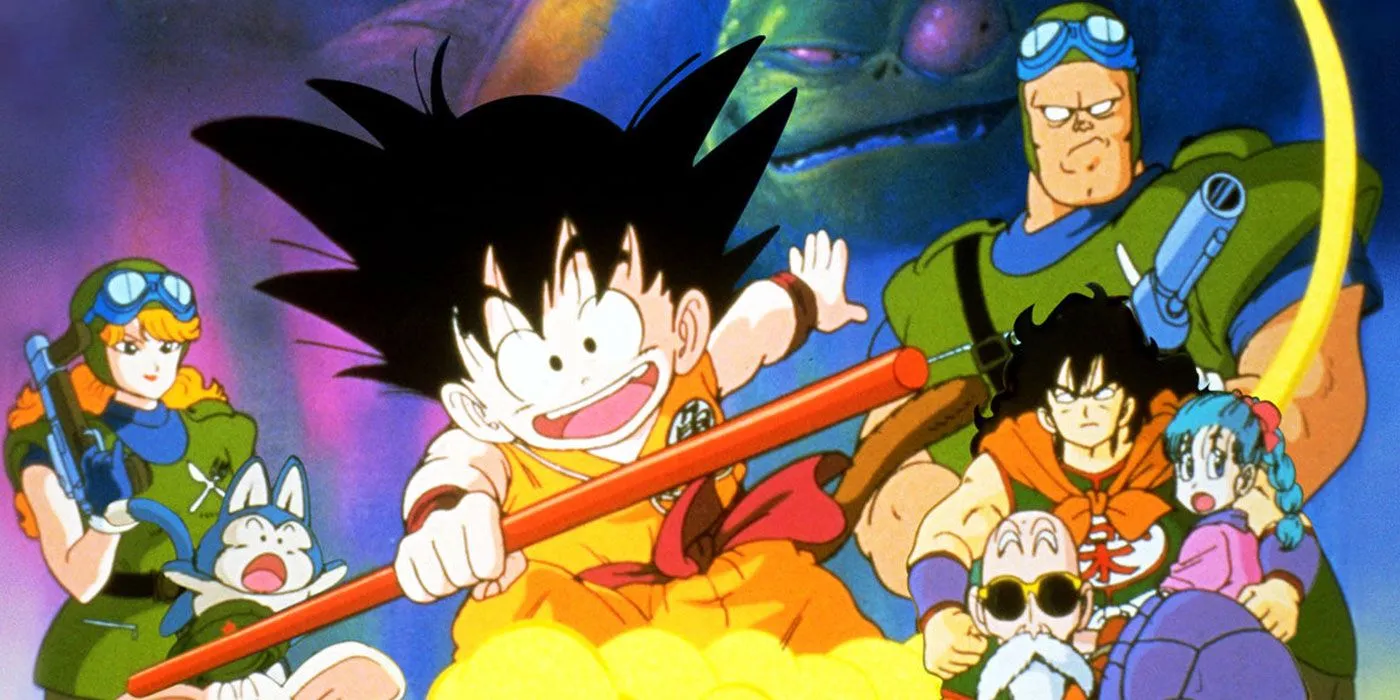
Before achieving global fame with Dragon Ball, Toriyama made a name for himself with the eccentric sci-fi comedy Dr. Slump. His narrative style morphed throughout Dragon Ball, as he interwove martial arts with mythological elements and cosmic stakes. What began as a light-hearted escapade gradually evolved into one of the most recognized battle mangas of all time.
This evolution encompassed more than just escalated confrontations; it represented a shift in scale, tone, and Toriyama’s expanding ambition as a storyteller. The early chapters leaned into humor and satire, often parodying kung fu films and the renowned adventure novel, Journey to the West. However, as the series progressed, the comedic aspects were overshadowed by drama, rivalry, and galactic conflicts, with characters experiencing growth, mortality, and resurrections while the universe expanded from mystical forests to intergalactic battle arenas.
The Rise of Dragon Ball
Evolution with Dragon Ball Kai
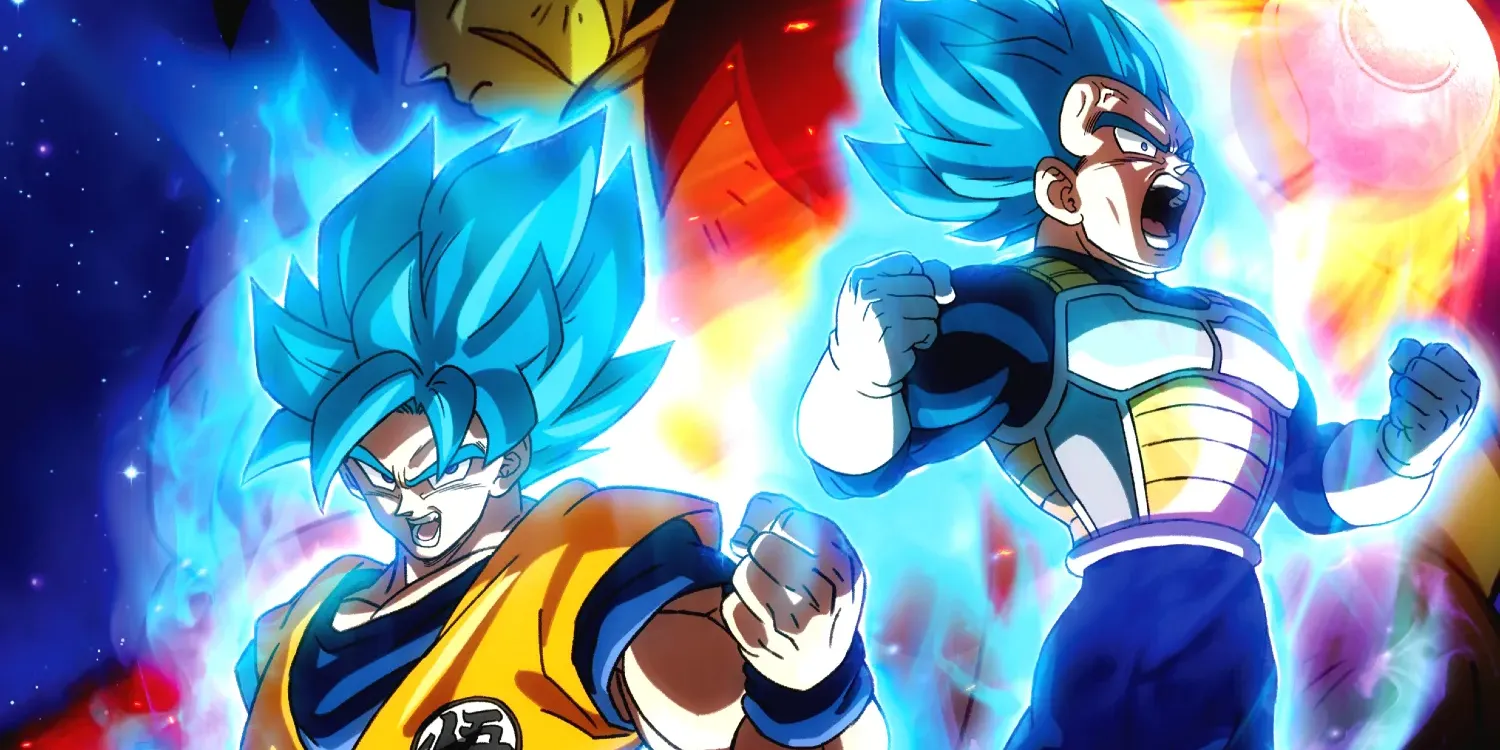
The introduction of Super Saiyans in Dragon Ball Z marked a turning point, intensifying the series with battles akin to those found in Western comic books like Superman and X-Men, yet distinctly infused with a Japanese approach. These dramatized clashes were key to DBZ’s success when it aired in the West during the 1990s. For many fans, the initial Dragon Ball episodes came afterward, yet without these iconic “Over 9000” moments, the franchise might not have reached the heights it did internationally.
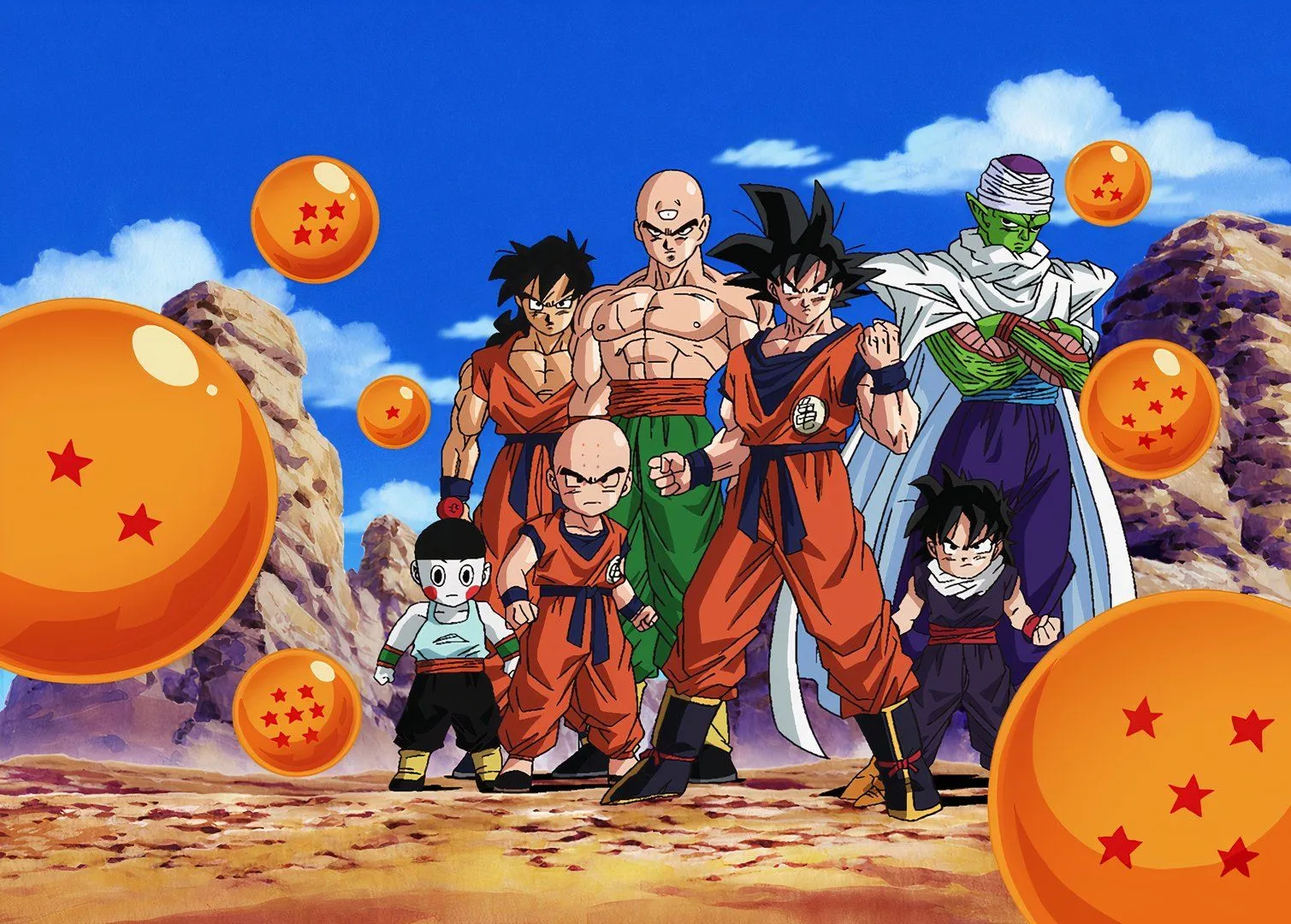
In April 2009, as the global fanbase persisted, Dragon Ball Kai, a remastered iteration of DBZ, aired on Fuji TV. This version sought to remain faithful to the manga, cutting out filler arcs, enhancing visuals, and creating a more rapid storytelling pace. The series was also distributed internationally, including an acclaimed English-language adaptation, allowing fans to experience the saga in a refreshed, accessible format.
Softer Edges in Kai Sparked Mixed Reactions
Echoes from the Past
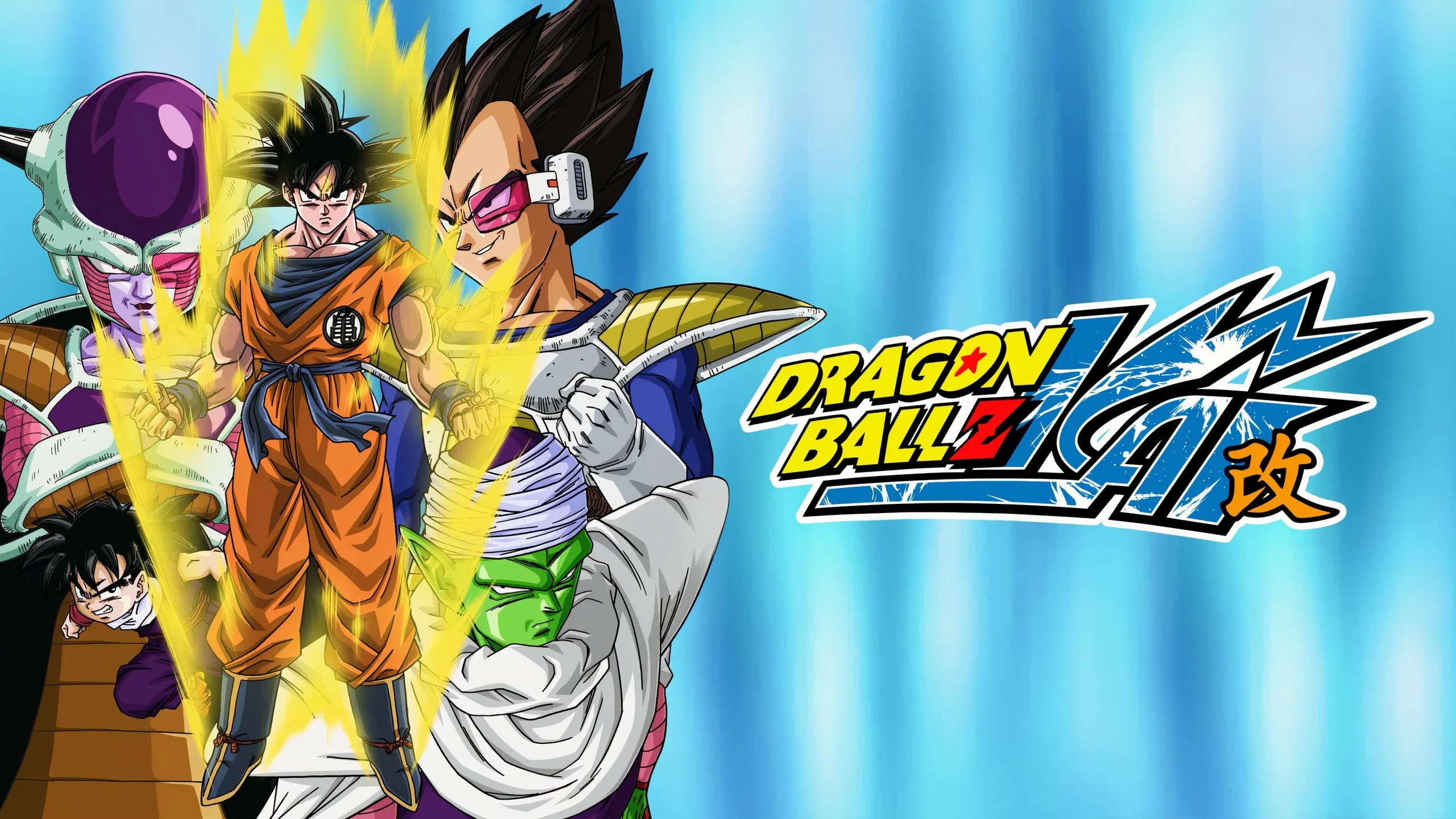
One significant alteration in Kai was a reduction in violence, where brutal fight scenes and bloodshed were softened or omitted, particularly in its TV airing. While this adjustment made the series more appropriate for younger viewers and adopted modern sensibilities, it received mixed responses from long-time fans who favored the unfiltered essence of the original series. Nevertheless, Kai was celebrated as a productive revival, merging nostalgia with a contemporary retelling of a beloved narrative.
Moving forward, the fine line between respecting the original content and evolving for current audiences continued to shape the franchise. Toriyama’s creative journey reflected the character development within Dragon Ball—gaining depth, introspection, and humanity over the years. Much like Goku transformed from an innocent child to a protective figure, Toriyama shifted from dramatic spectacle to simplicity, subtly emphasizing themes of family, restraint, and quiet resilience in his later narratives.
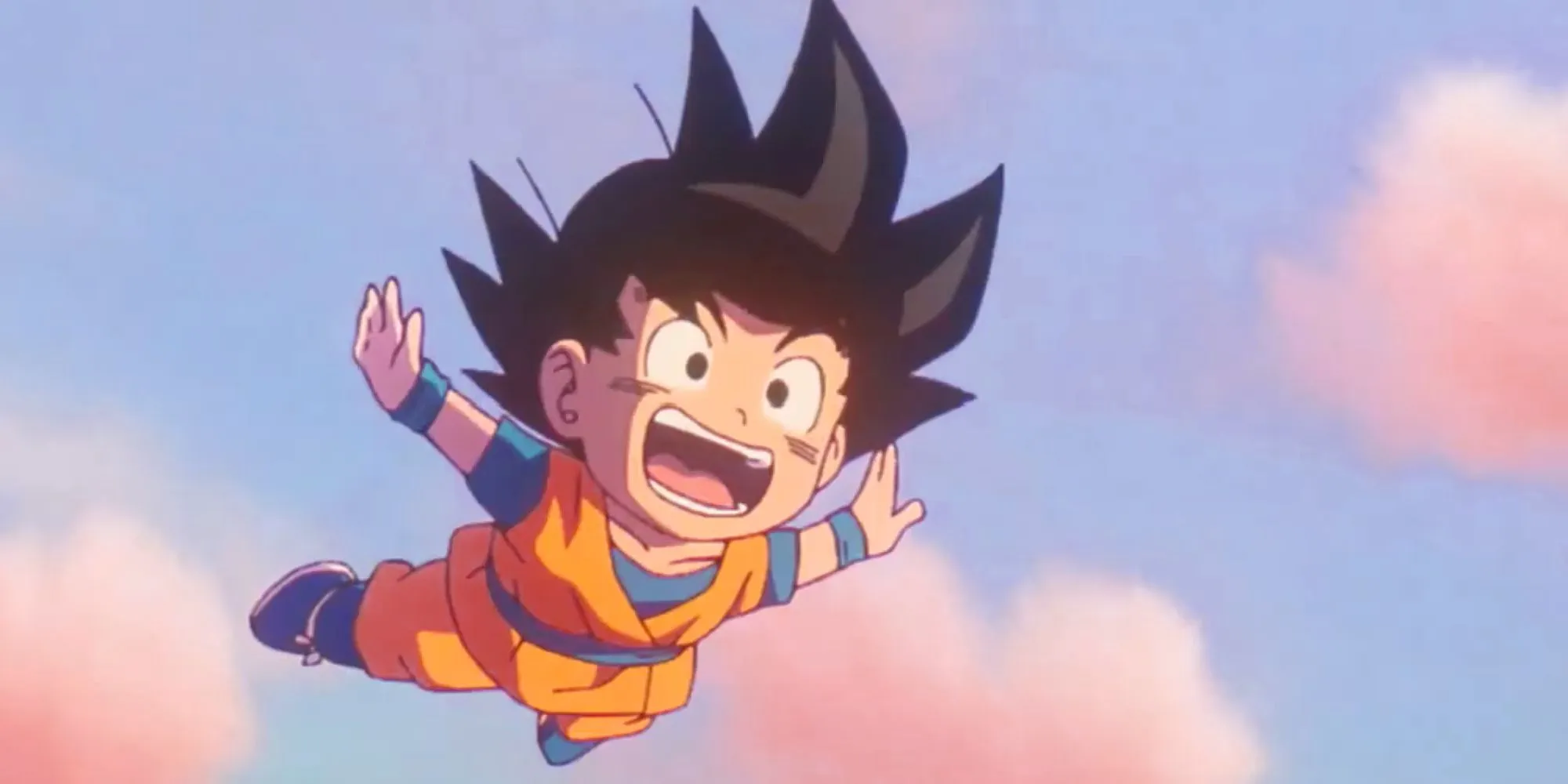
In this context, Dragon Ball Daima appears less as a conclusion and more as a nostalgic return to the series’ roots. With its youthful protagonists and playful atmosphere, the series resonates with the essence of early Dragon Ball, distancing itself from the dramatic conflicts of Z or Super. This creative direction feels intentional—a heartfelt farewell told in the language of Toriyama’s storytelling.
The Future of the Dragon Ball Franchise
Continuing Toriyama’s Legacy
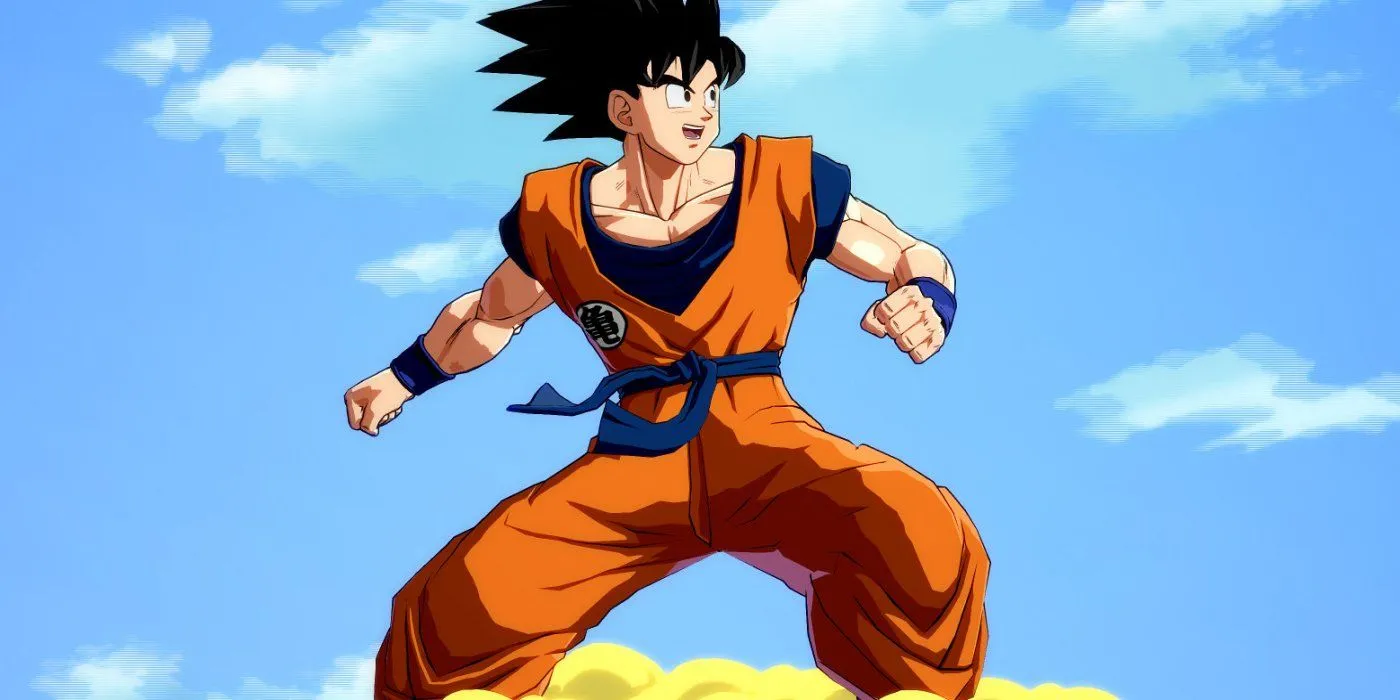
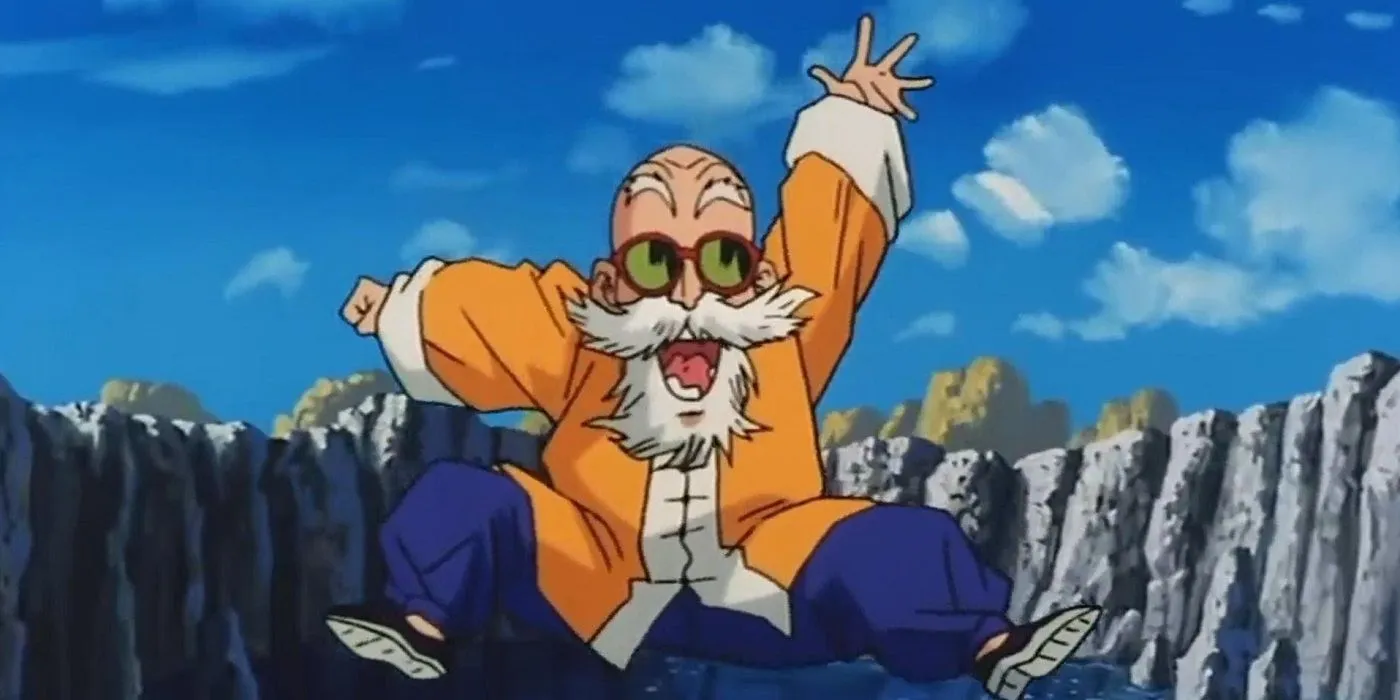
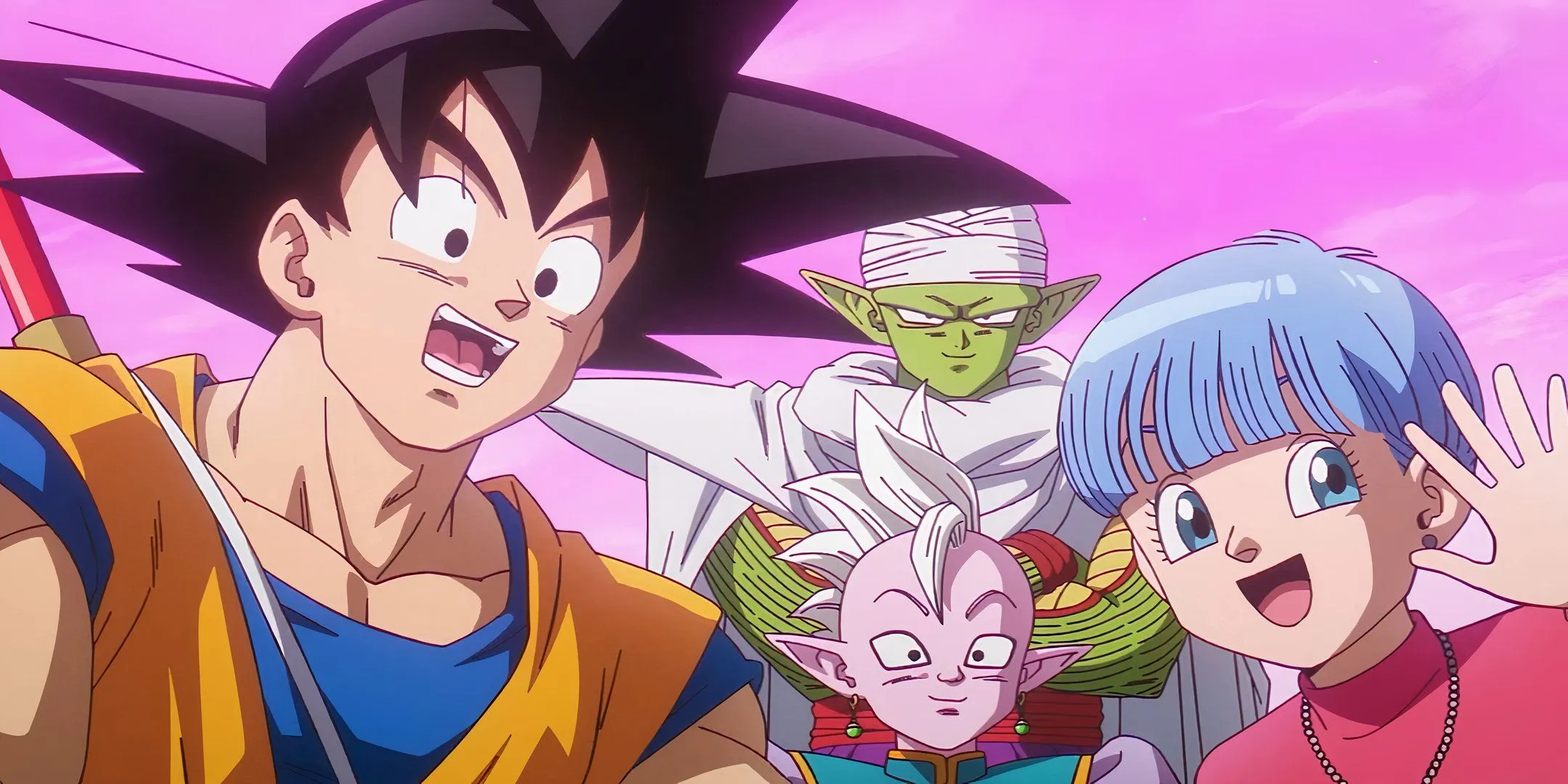
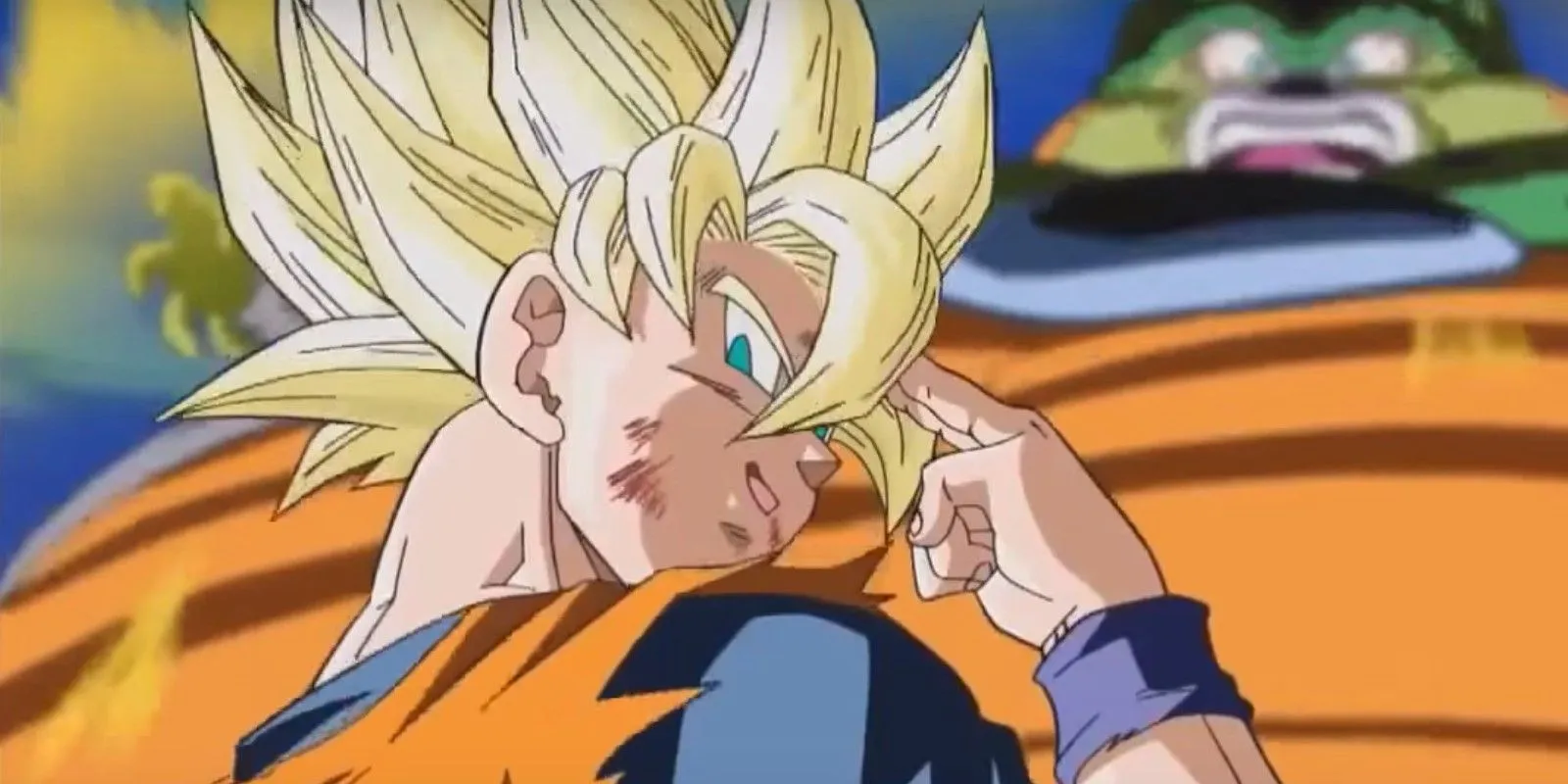
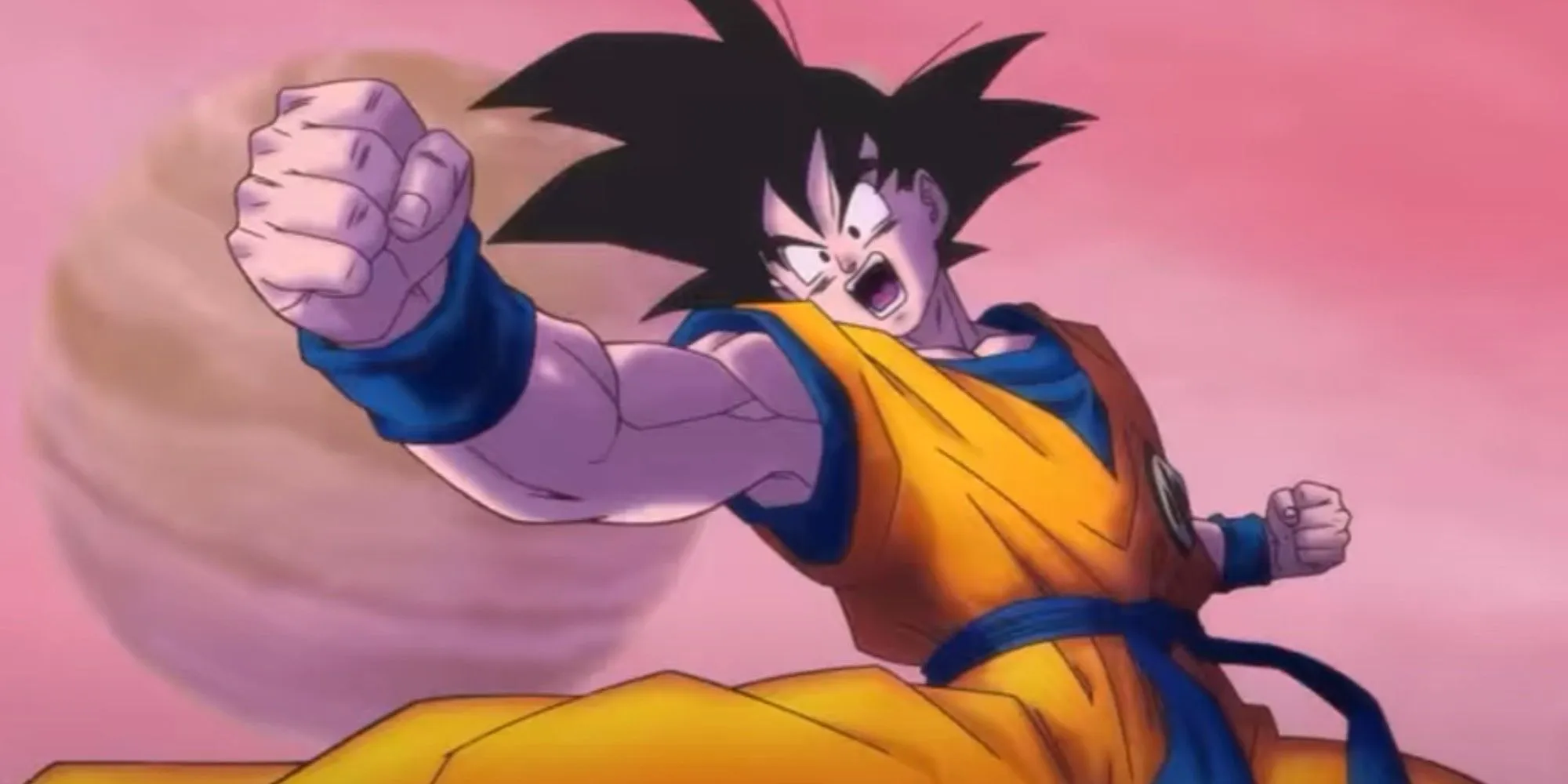
Dragon Ball Daima, the last series Toriyama participated in, wrapped up earlier this year. Following his departure, discussions about the future of the Dragon Ball saga are buzzing—questions linger over whether the franchise can or should move forward without its visionary creator. Concurrently, excitement is building for the possible return of Dragon Ball Super, with reports suggesting that a new narrative arc may already be in the works.
Toriyama expressed a waning desire to continue craft a battle-centric manga, which subtly foreshadowed the trajectory he envisioned for Dragon Ball. Moving forward, the focus isn’t merely on the continuation of the franchise but on how closely it will adhere to the path Toriyama laid out. Hopefully, the current custodians of the franchise will keep in mind the insights shared by Toriyama during that pivotal 2014 interview.
Source: Kanzenshuu
